Tamron 70-300mm F/4.5-6.3 Di III RXD for Sony Mirrorless Complete Body/APS-C E-Mount (Tamron 6 12 months Restricted USA Guaranty), Black
Original price was: $ 549.00.$ 499.00Current price is: $ 499.00.
| Product Dimensions | 5.8 x 3 x 3 inches |
|---|---|
| Merchandise Weight | 1.2 kilos |
| ASIN | B08K3MXZCZ |
| Merchandise fashion quantity | AFA047S700 |
| Buyer Evaluations |
4.6 out of five stars |
| Very best Dealers Rank | #114 in SLR Camera Lenses |
| Date First To be had | September 25, 2020 |
| Producer | Tamron USA |
Guaranty & Reinforce
, The 70-300mm F/4.5-6.3 Di III RXD (Fashion A047) for Sony full-frame E-mount mirrorless cameras is a telephoto zoom lens designed and created so photographers of all talent ranges can experience top of the range photographs conveniently. It achieves the arena’s smallest dimension and lightest weight, coming in at 5.8 in. lengthy with a most diameter of 77mm, and weighing simply 19.2 ounces. With particular emphasis on resolving energy, Tamron has deployed particular lens parts correctly organized to right kind chromatic aberration, normally very sturdy in a telephoto lens, in addition to different aberrations. Customers can experience high-resolution photographs blended with the lovely bokeh qualities which can be achievable best with a telephoto lens. The lens additionally accommodates the RXD (Speedy eXtra-silent stepping Power) unit, a high-speed precision AF power device this is remarkably quiet. The 70-300mm is a flexible lens for photographing landscapes, sports activities and different motion, pets and natural world and extra. The lens additionally demonstrates its doable for portrait taking pictures, informal snapshots and situations that require you to be cell and shoot hand held, like carrying occasions. Designed for full-frame, the lens is at house on APS-C mirrorless cameras and offers a 105-450mm an identical field-of-view.
Superb light-weight portability that makes telephoto taking pictures amusing
Uncompromising symbol high quality with 15 parts in 10 teams that allows you to focal point on creativity
Up-close taking pictures efficiency (31.5″ / 1:9.4 Huge & 59.1″ / 1:5.1 Tele)
Moisture-Resistant Development

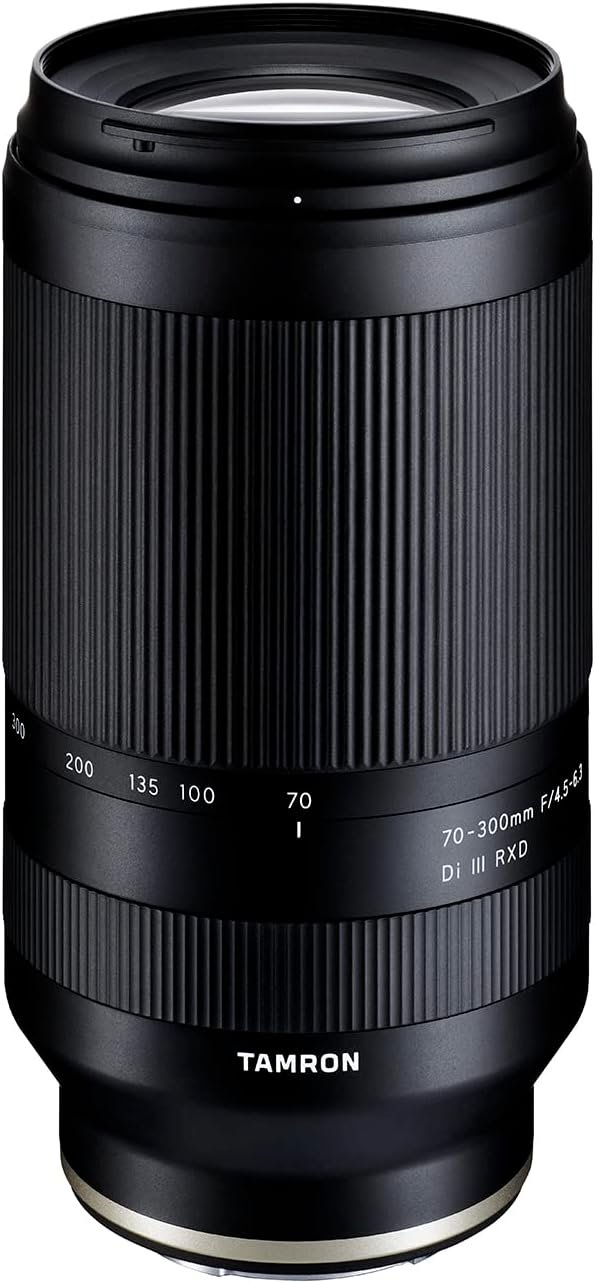
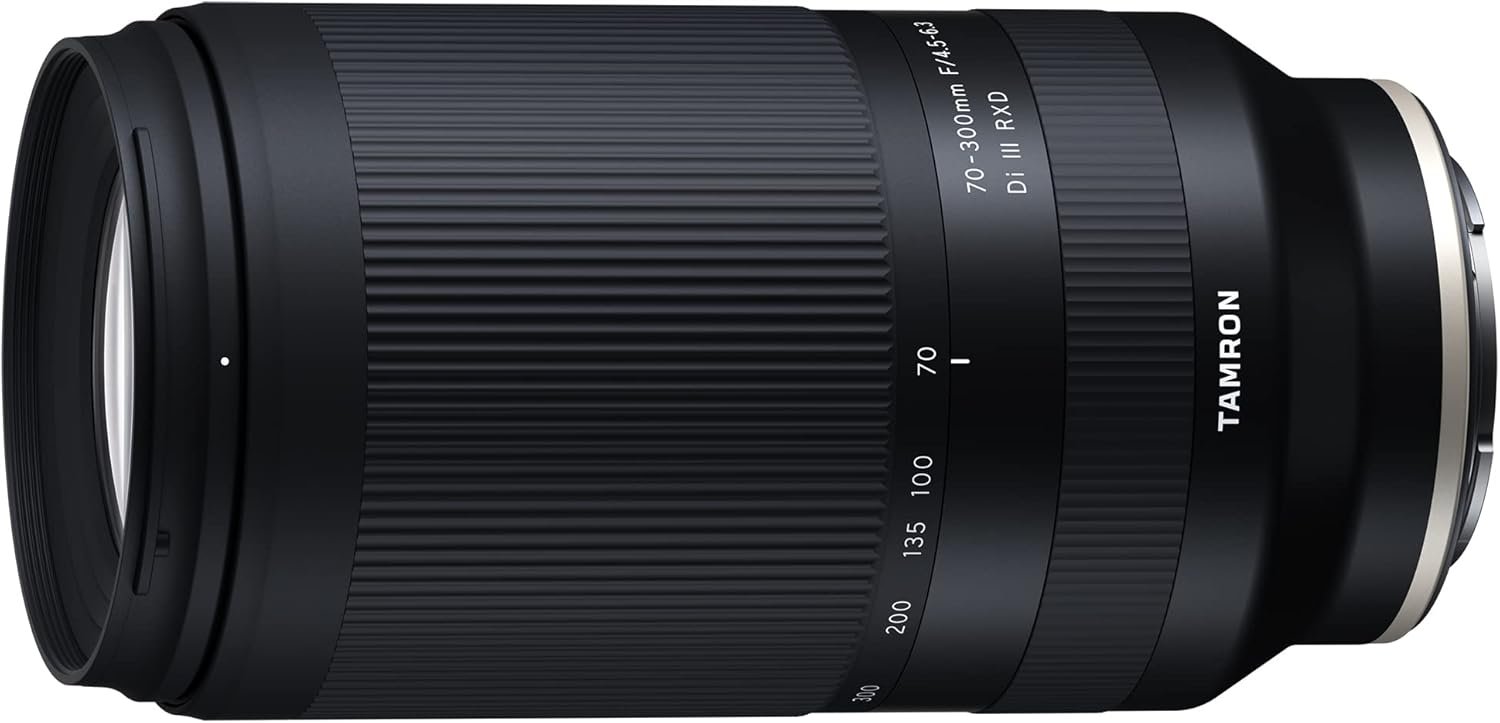

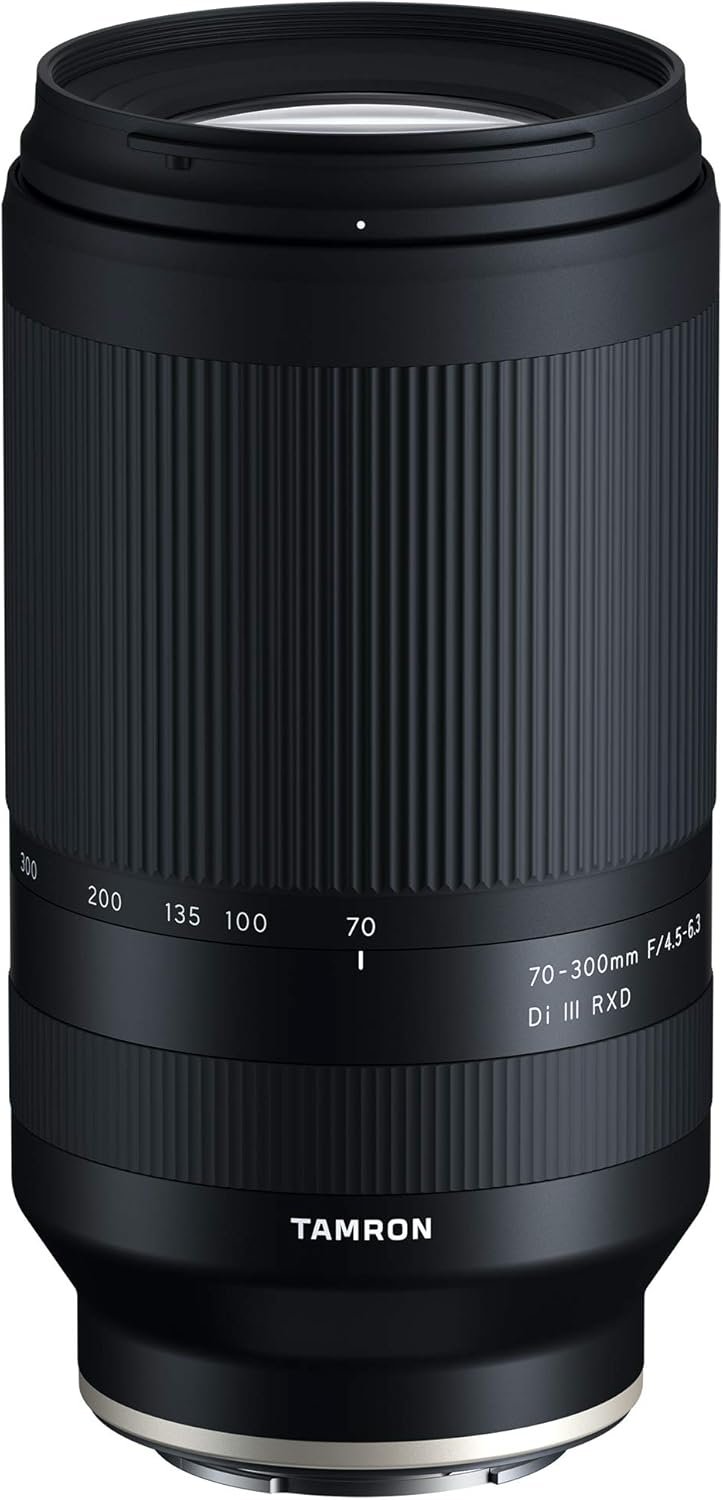

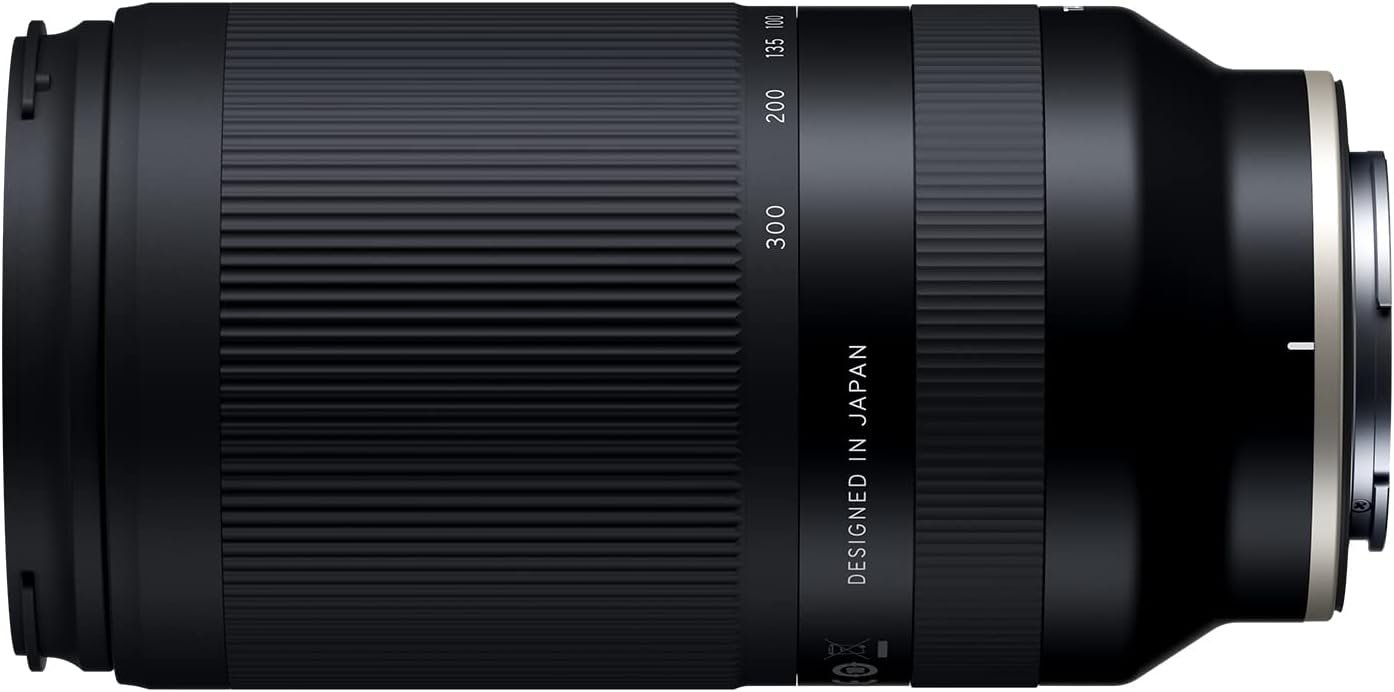
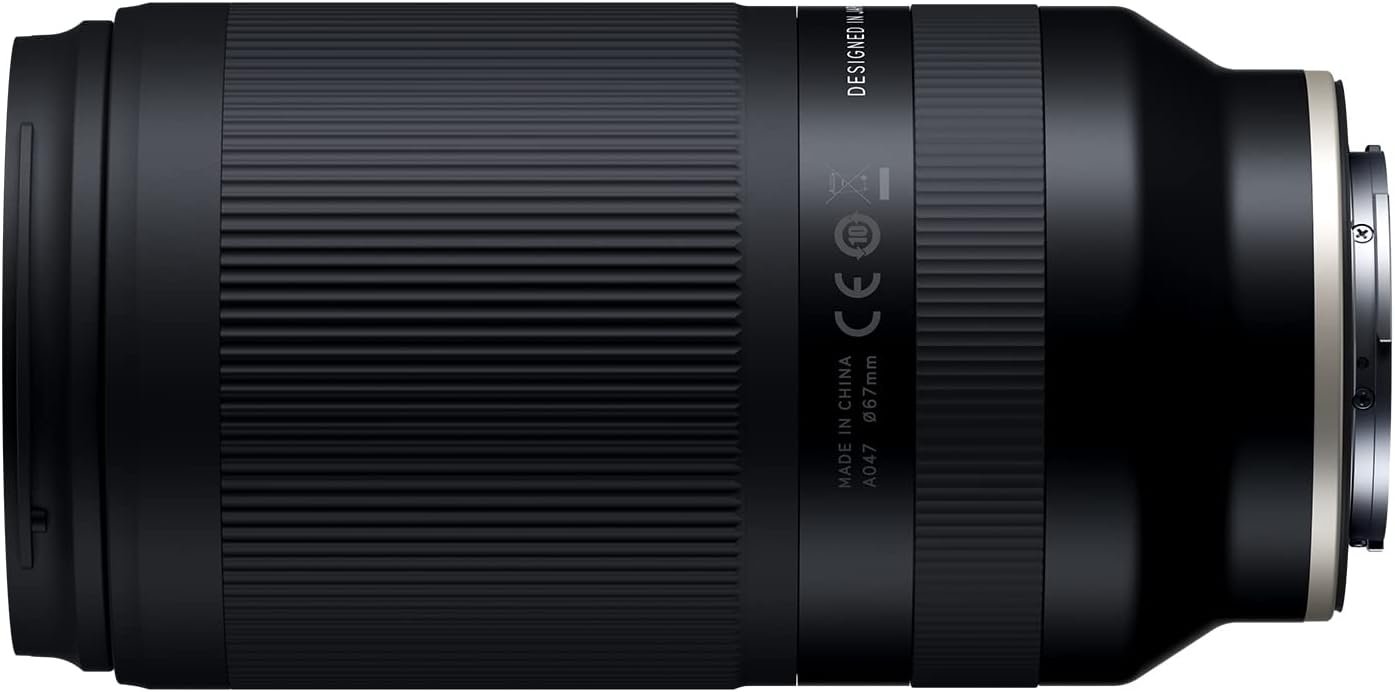
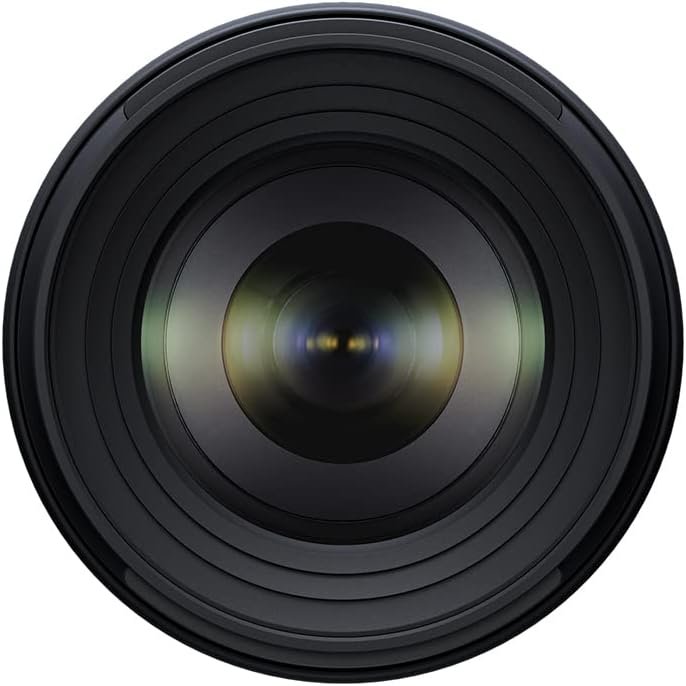
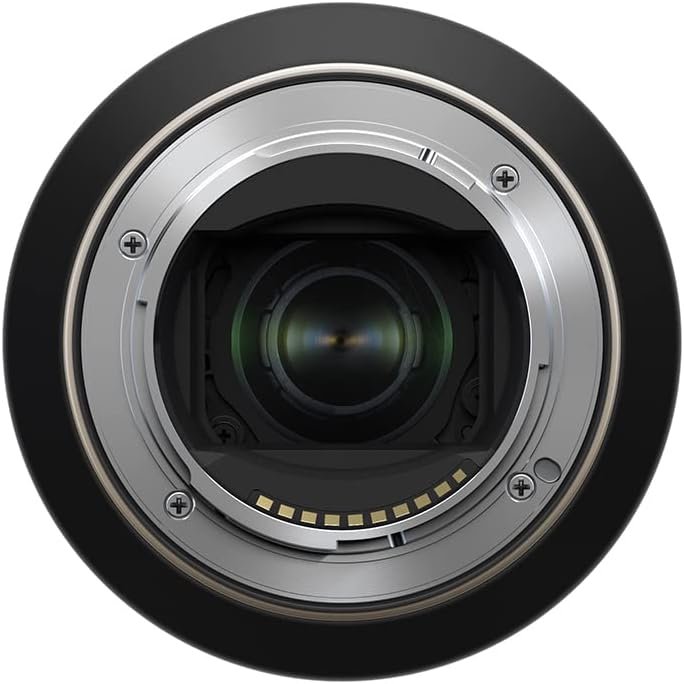
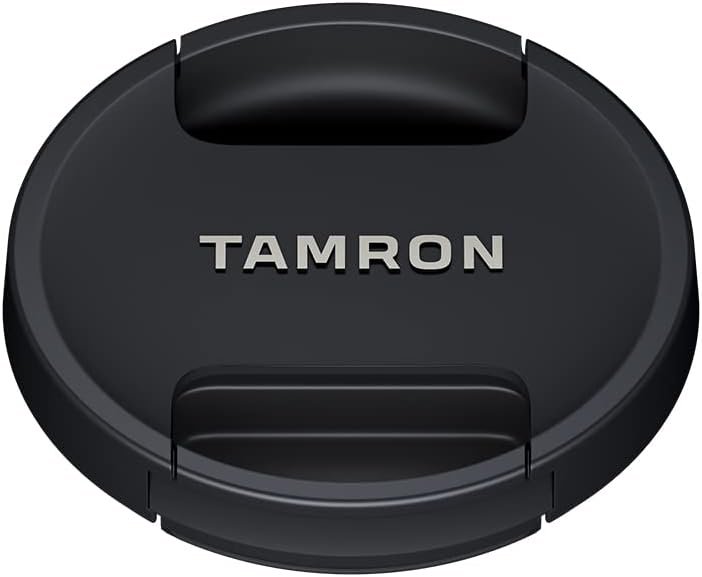



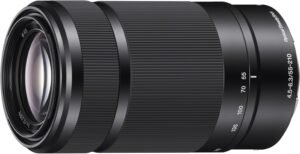



Jose De La Cuesta –
Great lens for the price and picture quality
This lens is my first 300mm for my Sony Camera gear. It’s starting to become my go-to lens, serving me well in wildlife photography and enabling some stunning panoramic shots. The best part? It offers impressive sharpness, lightweight design, great autofocus, full-frame compatibility, and all this at an affordable price.However, it’s fair to mention the drawbacks such as no image stabilization and no handy lock switch to prevent lens creep. But these challenges can be managed with a tripod, holding the camera steady, or if your camera supports in-body stabilization.So, should you consider this lens? I think so but that does depend on your needs. The Images I’ve selected have become my favorites as of now. All the image you see was taken on my Sony zv-e10, which happens to be a cropped sensor camera.—-UPDATE Feb 28, 2024—-Since my original review, I have purchased a Sony A7iii full-frame camera with in-camera stabilization. Using the Tamron lens with a camera that uses stabilization does make a world of difference. The lens barely shakes even at 300mm unlike when it’s on my Sony zv-e10. Now I have noticed that since I’m using the lens in a full-frame sensor I see more of a lens curve in my images. But if you use Adobe Lightroom it can easily correct it. Still highly recommend this lens.ââUpdate July 7th, 2024ââSince my last update in February, I can confidently say that this Tamron lens has become my daily driver when using my full-frame camera. Its versatility continues to amaze me, handling everything from fast-moving wildlife to delicate flower photography with ease. For the price, and considering itâs a full-frame lens, it has transformed my photography in ways I couldnât have imagined. Iâve added some new photos to my review to showcase its capabilities. As mentioned before, youâll need to use your editing software to enable lens corrections, but this really depends on the image youâre taking. After using this lens for 7 months, I can attest that itâs been a worthwhile investment.
William E. –
Best Value Lens out There
When looking for a telephoto lens, I was expecting to spend $1000-$2000 to get something decent. However, when I saw this for $450, I thought I should at least try it out, and I’m glad I did.Having tried the infamous Sony 70-200mm f2.8 GM, this by no means is the same, but it’s 80% of the lens, at less than 25% of the cost. I do wish the aperture could get to at best 4.0 on the wide side, but for this price, I can’t complain. It’s light, feels well-built, and pretty sharp.Autofocus is great and snappy. and rarely found shots that missed focus, even when compared to my brand new Sony 20-70mm f4.0 G lens. Overall a phenomenal lens that I’d highly recommend picking up if you’re looking for a telephoto lens.
Mo –
No Optical stabilization
Amazing lens with great picture quality. The 28mm is wide enough to be used for streaming. I gave image stabilization a 1 star because this lens doesn’t have optical image stabilization and I knew that when purchasing it. It does have slightly more lens distortion than the sigma 24-70mm f2.8, but that’s easy to fix in post. The lower cost and smaller size makes this lens a solid option.
Brian –
One of my FAVS!
This is one of my go to lens for wild life and outdoor daylight sports! I pair this with my Sony A7C and I love it! The 70-300 is great to get that extra reach with a reasonable price! Sharp images, feels great, solid pictures 10/10 !
JR Bell –
Great lens for distant objects
Definitely use the 300mm on this lens and with the added zoom feature on the Sony aR7 IV it makes photos from a good distance look fine
Johnny –
Can the Tamron 70-300 RXD compete with Sony 100-400 at 20% the cost?
Itâs hard to fault the excellent Sony 100-400 but Iâm at times reluctant to take a 3 lb. lens on the road or hike long back country treks with it. Iâve been seeking a lighter long tele zoom option and think I may have found a surprise winner, the Tamron 70-300 f4.5-6.3. At first I did not consider it because conventional wisdom tells us to NEVER consider any long glass without Image Stabilization (IS). Iâm a longtime pro and am used to shooting major sporting events with the best long glass including 300 f2.8, 400 f2.8, 500f 4, etc. Thus, Iâm picky for only the sharpest telephotos yet switched to Sony to lighten the load. (See photo of its tiny size compared with Sony and Sigma lenses.) Letâs talk about this surprising Tamronâs pros and cons:The Tamron 70-180 is the first non-Nikon, Canon or Sony lens Iâve ever used in a 30 year career and have been blown away by it. The missing IS has been little concern since itâs easy to handle and is a constant f2.8, allowing higher shutter speeds in low light. Itâs easy for a pro to at first dismiss the new under $500 Tamron 70-300 but it is indeed truly sharp unless you pixel peep the corners. For long glass, corner sharpness is of less concern for many of us although that would be a deal killer in a wide angle lens.Before taking a flyer on this Tamron, I first auditioned the Sony 70-350, fully intending to be happy with the compromise of having to use it in APS-C mode, yielding files of 26.2MP on my A7R4 that normally outputs 61MP. The copy I received wasnât as sharp as Iâd hoped. Of course, it is truly hard to compete with the rockinâ yet $2,500 Sony 100-400. Iâd heard good things about the 70-350 with its quick linear motor, etc., that I probably expected too much and was a bit underwhelmed upon first testing it.Since I love my Tamron 70-180 I thought Iâd give this full frame Tamron a dark-horse try at joining my stable of a dozen lenses, mostly Sonyâs except for the 70-180, the Tamron 28-75 f2.8 and the also stellar Sigma 105mm f2.8 macro. Bottom line: This 70-300 Tamron is darned impressive and uber sharp! Iâm going to learn to work around its one key disadvantage of no Image Stabilization.Why own both the 100-400 and this Tamron? Simply said: Weight. The Sony is a well-balanced and manageable three pounds. Yet, the Tamron is a light lilâ baby at a mere 19 ounces and 20% the cost! If I choose APS-C mode this lens gives me 105-450mm reach, and is still sharp. At the long end, the Sony allows max f5.6 while this Tamron shoots 1/3 stop slower at 6.3.It focuses fast yet is no f-stop speed demon and even with the A7R4 in-body IS stabilization, in early use I am getting more perfect keepers at 1/500 than I do at 1/320 or 1/250. If light becomes an issue, my Tamron 70-180 shoots as long as 270mm at f2.8 in APS-C. Iâm happily keeping the hard-to-fault Sony 100-400 but this Tamron 70-300 delivers truly impressive pro-worthy images, too, if you donât mind upping ISO slightly when lighting conditions get a bit more challenging.
Roberto –
Mejoro mucho elalcnace y la nitide, lo uso por a fotografÃa deportiva en atletismo y tira a 100mts con buena calidad, a mano alzada sin dificultad, mejora la nitides con un tripié o mono pie, pero dificulta tomar fotos en movimiento. No es bueno con poca luz lo prove en dos eventos de 15 años por curiosidad y las fotos no tienen nitidez como en espacio libre.. lo recomiendo simqiieres dar un salto al mejorar la nitidez comparado con tú lente de kit y da buenos boke. El lente lo uso con mi cámara Sony 6100 montura E.
Beto –
Excelente custo/benefÃcio, mas a lente não tem foco automático rápido como uma lente Sony
Omar –
ÙاÙت تÙÙعات٠ÙÙ٠عÙبÙا ÙاÙÙجد ترÙÙز ÙدÙÙManual focus
robby-d –
Switched from an EF mount Sigma 100-400mm lens, and find this is so much more versatile and has slightly better image quality. Focus is a little bit faster & more accurate, but the main benefit is size and weight. IQ is a bit sharper and more pleasing, too, and it seems to auto-expose better on my Sony cameras. I don’t really miss the extra 100mm to be honest.Pros:- light, small – easy to carry around or have in the camera bag- good IQ, even without considering price- works very well with the Sony body, including in-body stabilizationCons:- plastic- no zoom lock means it often extends when carried barrel-down- “slow” lens (narrow aperture) but completely expected given price point & weightHighly recommended for a backyard birdwatcher or casual photographer looking to get a little reach in their photos.(If you’re curious about the birds, that’s an Anna’s hummingbird and a goldfinch that I think was either very lazy, overfed, or young. There was a female nearby working hard while he watched, and he wasn’t a great flier).
mikael wester –
Har ett problem med att på vissa foton blir det ett svagt rutnät över hela bilden.